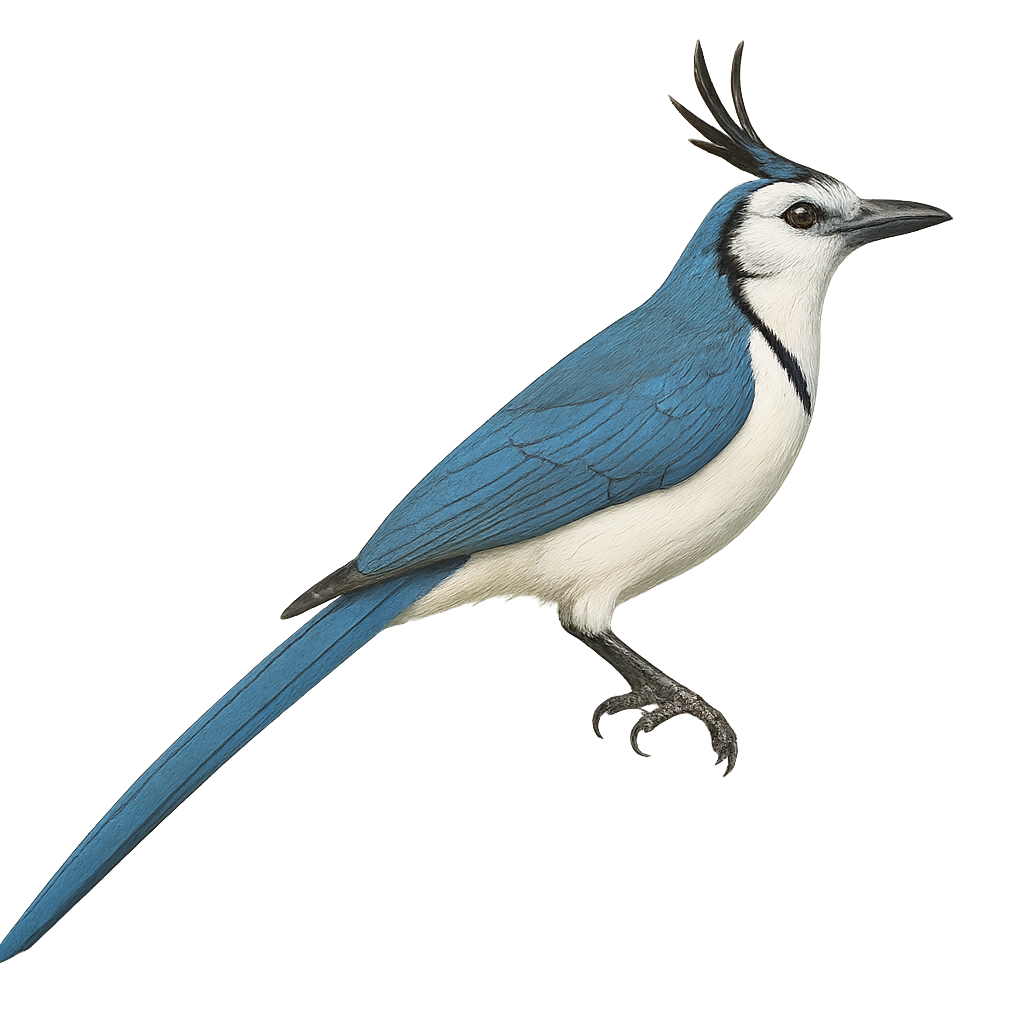Your wildlife photography guide.
Explore the white-throated magpie-jay in detail, study its behavior, prepare your shots.
Where to observe and photograph the white-throated magpie-jay in the wild
Learn where and when to spot the white-throated magpie-jay in the wild, how to identify the species based on distinctive features, and what natural environments it inhabits. The WildlifePhotographer app offers tailored photography tips that reflect the white-throated magpie-jay’s behavior, helping you capture better wildlife images. Explore the full species profile for key information including description, habitat, active periods, and approach techniques.
White-throated Magpie-Jay
Scientific name: Cyanocorax formosus

IUCN Status: Least Concern
Family: CORVIDAE
Group: Birds
Sensitivity to human approach: Suspicious
Minimum approach distance: 10 m
Courtship display: March to May
Incubation: 18-20 jours
Hatchings: March to June
Habitat:
Dry tropical forests, wooded areas, forest edges
Activity period :
Primarily active during the day, with peak activity in the morning and late afternoon.
Identification and description:
The White-throated Magpie-Jay, Cyanocorax formosus, is a striking bird with a long tail and vibrant blue plumage contrasting with a black face. It primarily inhabits dry tropical forests and wooded areas in Mexico and Central America. This sociable bird lives in family groups and feeds mainly on insects, fruits, and seeds. Its distinctive and varied call is often heard before it is seen. Although its habitat is threatened by deforestation, it remains relatively common within its range. The White-throated Magpie-Jay is a fascinating example of the avian diversity of the Neotropical region.
Recommended lens:
400mm – adjust based on distance, desired framing (portrait or habitat), and approach conditions.
Photography tips:
To photograph the White-throated Magpie-Jay, it is advisable to use a telephoto lens of at least 400mm to capture precise details of its colorful plumage. Approach slowly and discreetly to avoid startling it, as it is naturally suspicious. Favor times of the day when the light is soft, such as early morning or late afternoon, to achieve well-lit and contrasted images. Be patient and wait for it to perch on an open branch for optimal composition.
The WildlifePhotographer App is coming soon!
Be the first to explore the best nature spots, track rutting seasons, log your observations, and observe more wildlife.
Already 1 449 wildlife lovers subscribed worldwide

